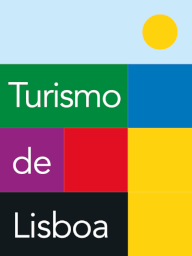There is a neighborhood that dared to defy the architecture of the Salazar’s Estado Novo, when the country lived under a dictatorship. It’s called “Estacas” and it’s located in Alvalade.
This was a project that broke the traditional architectural model with a set of housing blocks, parallel to each other, and set on pillars - and hence the name “estacas” (stakes).
These pillars allowed the growth of green spaces in between the blocks - and these were designed by the landscape architect Gonçalo Ribeiro Telles. There were pedestrian paths, and the area became a lively neighborhood. A breath of fresh air in Alvalade, that’s what we are talking about.
The neighborhood became a reference in modern architecture, following the principles of urbanism from the famous New Athens Charter, according to which Light, Air and Space became the raw material of the urban design. Right now, the neighborhood still awaits a urbanistic classification - but it remains just as symbolic as it was in the 1950s. It was designed by the architects Ruy Athoughia and Sebastião Formosinho Sanches, and it was awarded in the São Paulo Biennial in 1950. It won the Municipal Prize of Architecture in 1954.

